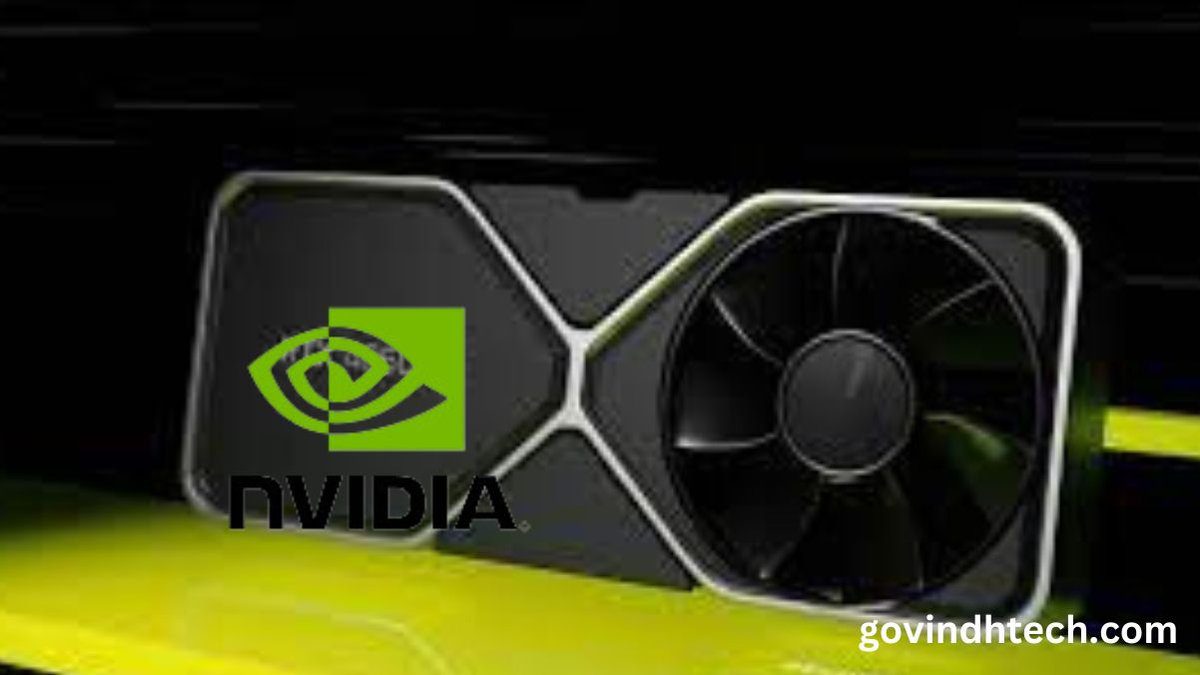Nvidia has recently announced that it does not have any plans to release a new GPU(RTX 5000 ) architecture specifically for PC gamers until at least 2025. This news comes as a disappointment to PC gamers who were hoping for earlier upgrades with greater performance improvements compared to the current RTX 40-series graphics cards.
The current RTX 40-series cards, such as the RTX 4060, RTX 4060 Ti, and RTX 4070, have experienced slow sales due to factors like higher prices compared to previous generations. While Nvidia has highlighted the benefits of its DLSS (Deep Learning Super Sampling) technology in improving frame rates, its availability is limited to certain game titles. This lack of widespread support for DLSS, combined with modest performance gains outside of DLSS, has contributed to the RTX 40-series cards not always delivering significant improvements over the RTX 30-series.
The anticipation for future architectures is high, as they are expected to bring about substantial performance boosts. However, according to a slide shared by Hardwareluxx.de, the next GPU architecture called Ada Lovelace-Next is not expected to arrive until 2025. Considering the typical two-year timeframe between architecture launches, a fall 2024 release was anticipated, making 2025 a longer wait than what gamers are accustomed to.
It is important to note that this does not mean Nvidia will have no launches at all until 2025. There are still upcoming releases for the RTX 40-series, including the RTX 4060 Ti 16GB in July, and possibly an RTX 4050. Additionally, there may be refreshes of current models, similar to what was seen with the RTX 20-series “Super” models, and rumors of an RTX 4090 Ti.
The reasons behind the delayed architecture release are not clear yet. It could be due to slower sales or efforts to meet sales targets. In the meantime, GPU prices are starting to decrease as the anticipation for new models puts pressure on older ones. This may encourage those who have been waiting for upgrades to make their move during the summer. Furthermore, AMD has yet to fill the gap between the RX 7600 and RX 7900 XT, which could further impact GPU prices.
Overall, PC gamers will need to be patient and wait for the next GPU architecture from Nvidia, as it is not expected until 2025. In the meantime, there may still be upcoming releases and potential price drops to keep an eye on.


[…] users can also benefit from the new NVIDIA AI Workbench, which will soon be made available in early access and gives developers a unified, […]
[…] dual-slot cards are common in the consumer market, notably among graphics cards, there is no such thing as a dual-slot AIC for storage cards. According to HighPoint, the major […]
[…] Nvidia graphics cards may employ chiplet GPUs and innovative architecture. Geforce RTX 5000 rumours have persisted for […]
[…] light, AI-ready marvel that combines the most recent Intel Core Ultra processors and discrete NVIDIA graphics to usher in a new era of […]
[…] For jobs like complex graphic design and 3D rendering, the combination of the Intel i7 processor and NVIDIA graphics is ideal. Not to be overlooked is the QHD+ display, which provided images so clear they could cut […]
[…] 4070 Super vs RX 7700 XT have distinct architectures. AMD RDNA 3.0 powers the RX 7700 XT, while NVIDIA Ada Lovelace powers the RTX 4070 Super. Created on a 5 nm manufacturing scale, these designs are examples of how […]